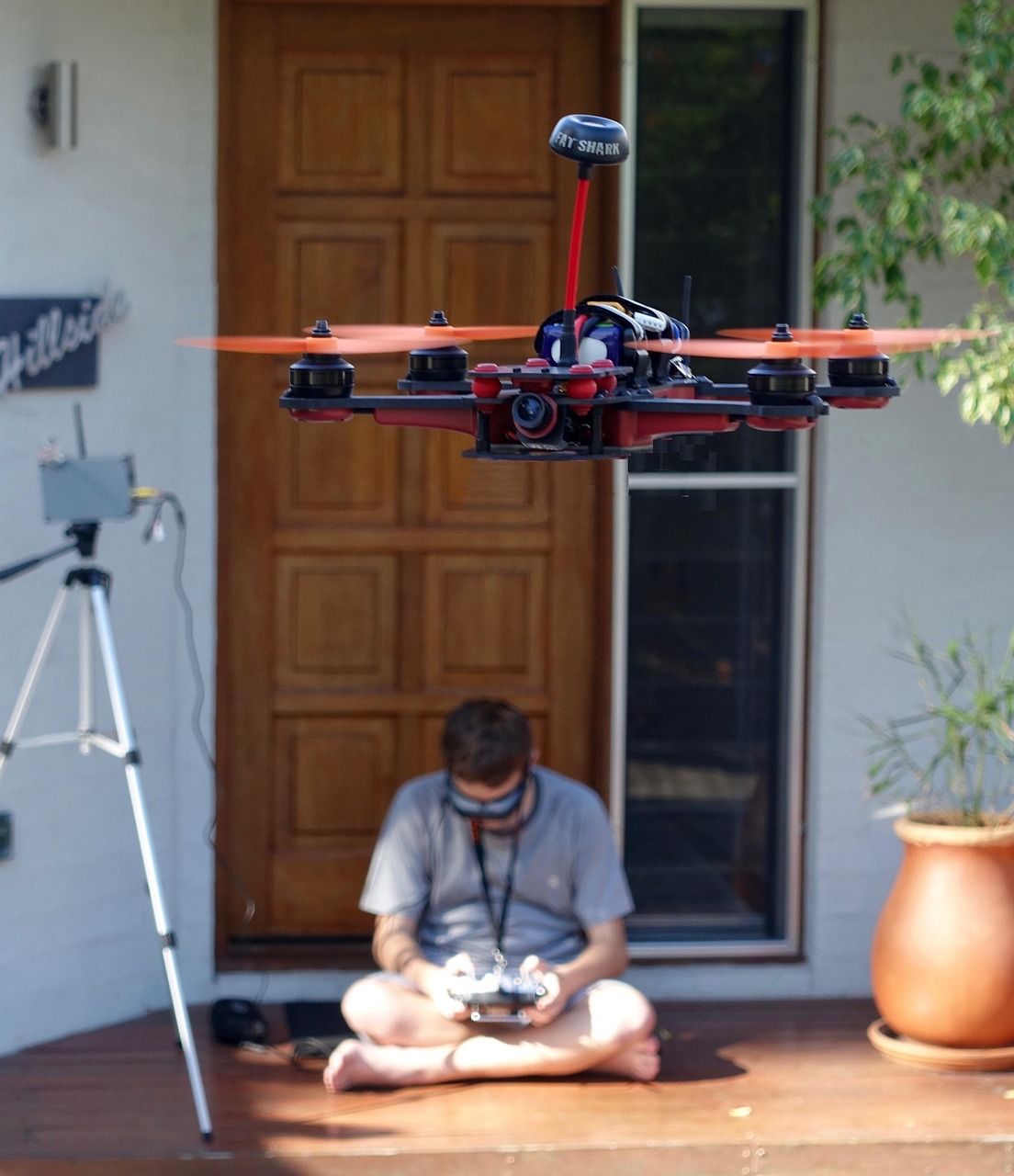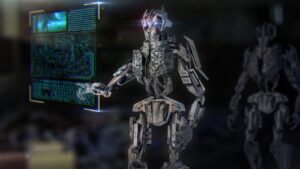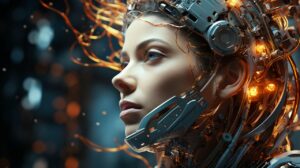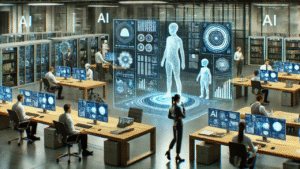Vision-Based Robot Control: The Future of Intelligent Robotics
Introduction
Robots have long fascinated humanity—from the mechanical automatons of ancient times to the industrial robots of the 20th century that revolutionized manufacturing. Today, as artificial intelligence (AI), machine learning (ML), and computer vision converge, robots are entering a new era: vision-based robot control. Unlike traditional robots that rely on pre-programmed paths and rigid sensors, vision-based robots can see, interpret, and adapt to their environment.
This ability to mimic human-like perception is transforming industries ranging from healthcare and agriculture to manufacturing and autonomous vehicles. In this article, we’ll dive deep into the concept, technologies, applications, challenges, and future trends of vision-based robot control, unpacking why it’s considered one of the most important steps toward intelligent automation.
What is Vision-Based Robot Control?
Vision-based robot control is a method of robotic operation where visual information (usually captured by cameras and sensors) is used to guide the movement, decision-making, and actions of a robot. Instead of relying solely on physical sensors like encoders or limit switches, the robot uses vision to understand:
-
What objects are present in its environment.
-
Where objects are located (position and orientation).
-
How to manipulate or interact with those objects.
It is essentially the robotic equivalent of human hand-eye coordination. Just as we use our eyes to guide our hands while grabbing a coffee mug, vision-based control allows robots to execute tasks with precision and adaptability.
There are three main categories:
-
Position-Based Visual Servoing (PBVS): The robot calculates the 3D position of an object in the world and adjusts its movement accordingly.
-
Image-Based Visual Servoing (IBVS): The robot directly uses 2D image features from cameras to guide movements without explicitly calculating 3D positions.
-
Hybrid Visual Servoing: A mix of PBVS and IBVS, combining their strengths.
Core Technologies Behind Vision-Based Robot Control
1. Computer Vision
At the heart of vision-based control lies computer vision, which enables robots to process and interpret visual data. Techniques include:
-
Object detection and recognition (e.g., using convolutional neural networks).
-
Depth estimation via stereo vision or LiDAR.
-
Optical flow for motion tracking.
-
Semantic segmentation for scene understanding.
2. Cameras and Sensors
Robotic vision relies on multiple types of cameras:
-
Monocular cameras (single lens): Low cost, but limited depth perception.
-
Stereo cameras: Mimic human binocular vision for 3D perception.
-
RGB-D cameras: Provide both color and depth information (e.g., Microsoft Kinect, Intel RealSense).
-
Event-based cameras: Capture changes in a scene with microsecond resolution, useful for high-speed robotics.
3. Machine Learning & AI
Deep learning models allow robots to recognize objects, classify environments, and predict motion patterns. Reinforcement learning further helps robots learn optimal strategies through trial and error.
4. Control Algorithms
-
Visual servoing control laws for precise movement.
-
Inverse kinematics for calculating joint movements.
-
Path planning to avoid obstacles while reaching targets.
5. Integration with Robotics Frameworks
Robots often rely on software ecosystems like:
-
ROS (Robot Operating System) for modular development.
-
OpenCV for computer vision tasks.
-
TensorFlow/PyTorch for training vision-based models.
Applications of Vision-Based Robot Control
1. Industrial Automation
Vision-guided robots are widely used in manufacturing for tasks such as:
-
Pick-and-place operations.
-
Quality inspection of products.
-
Assembly of components with high precision.
Unlike traditional industrial robots, vision-based systems can handle variable product sizes, orientations, and defects without reprogramming.
2. Healthcare and Surgery
Surgical robots equipped with cameras can assist doctors by providing real-time vision, magnification, and precision. For instance, robotic systems like the da Vinci Surgical System use vision-based control for minimally invasive surgeries.
3. Autonomous Vehicles and Drones
Self-driving cars and drones heavily rely on computer vision for navigation, obstacle detection, and decision-making. Vision-based control allows vehicles to recognize traffic signals, pedestrians, and road conditions.
4. Agriculture
Agricultural robots use vision-based control for:
-
Detecting ripe fruits.
-
Automated harvesting.
-
Monitoring crop health through visual analysis.
5. Warehouse and Logistics
Robotic arms and automated guided vehicles (AGVs) use vision to pick, pack, and move items efficiently in e-commerce warehouses. Amazon and Alibaba are prime adopters of this technology.
6. Service Robots
Household robots like robotic vacuum cleaners (e.g., iRobot Roomba with cameras) and humanoid assistants use vision to navigate homes and interact with humans safely.
7. Space Exploration
NASA’s Mars rovers use vision-based control for terrain mapping, obstacle avoidance, and manipulation of robotic arms to collect samples.
Advantages of Vision-Based Robot Control
-
Flexibility – Robots can handle variations in size, shape, and position of objects.
-
High Precision – Visual feedback ensures accurate placement and manipulation.
-
Reduced Programming Effort – Robots don’t need extensive pre-programmed trajectories.
-
Adaptability – Robots can function in dynamic environments.
-
Improved Safety – Robots can detect and avoid collisions with humans or obstacles.
Challenges in Vision-Based Robot Control
While powerful, vision-based robot control also faces challenges:
1. Complexity of Computer Vision
Understanding dynamic, cluttered, and unstructured environments remains a challenge. Poor lighting, occlusion, and reflective surfaces can reduce accuracy.
2. High Computational Requirements
Processing high-resolution video streams and running AI models in real-time demands powerful GPUs and edge-computing solutions.
3. Latency and Real-Time Control
Even slight delays in processing visual information can affect robot performance, especially in high-speed tasks like assembly lines or autonomous driving.
4. Calibration and Accuracy
Precise calibration of cameras with robotic arms is crucial. Small errors in calibration can lead to large positioning mistakes.
5. Robustness in Unstructured Environments
Robots struggle when the environment is unpredictable—such as outdoors in agriculture or disaster recovery missions.
Case Studies of Vision-Based Robot Control
Case 1: Amazon’s Robotics in Warehouses
Amazon uses vision-equipped robotic arms for item picking. These robots can identify thousands of different items, regardless of orientation, and place them in packaging bins.
Case 2: Surgical Robots
Vision-based surgical systems have reduced recovery times and improved precision in complex surgeries. Cameras provide magnified 3D vision that enhances surgeon performance.
Case 3: Tesla’s Autopilot
Tesla relies heavily on vision-only autonomous driving, eliminating LiDAR in favor of camera-based systems powered by AI models.
Case 4: Agricultural Harvesting Robots
Companies like Fruitspect and Octinion use vision-based robots to pick strawberries and other delicate fruits without damaging them.
Future of Vision-Based Robot Control
The future looks promising, with key trends including:
1. AI-Enhanced Perception
Advances in deep learning will improve object recognition, even in complex environments. Self-supervised learning will reduce the need for massive labeled datasets.
2. Edge AI for Real-Time Processing
With the rise of edge computing, robots will be able to process vision data locally, reducing latency and dependence on cloud infrastructure.
3. 5G and Connectivity
High-speed, low-latency networks will allow collaborative robots (cobots) to share vision data in real-time for swarm robotics applications.
4. Integration with AR/VR
Vision-based robots combined with augmented and virtual reality will enable new forms of teleoperation, training, and human-robot interaction.
5. Bio-Inspired Vision
Researchers are exploring insect-inspired compound eyes and neuromorphic vision sensors to enhance robot perception.
6. Ethical and Safety Standards
As robots with vision systems become widespread, regulatory frameworks will evolve to ensure safety, privacy, and accountability.
Conclusion
Vision-based robot control represents one of the biggest leaps in robotics, bridging the gap between rigid, pre-programmed machines and adaptable, intelligent systems. By giving robots the ability to see and interpret the world, industries can unlock new efficiencies, innovations, and opportunities.
From factory floors to operating rooms, from farms to outer space, vision-based robots are already reshaping our world. However, challenges like computational demands, robustness, and ethical considerations remain to be solved. With advancements in AI, computer vision, and edge computing, the coming decades will likely see robots with vision becoming as common and indispensable as smartphones today.
In short, vision-based robot control is not just about automation—it’s about creating a future where robots and humans work together seamlessly, powered by the gift of sight.
https://bitsofall.com/https-yourblogdomain-com-privacy-preserving-machine-learning-techniques/
Self-Supervised Learning (SSL) for Large Models: The Future of AI Training







